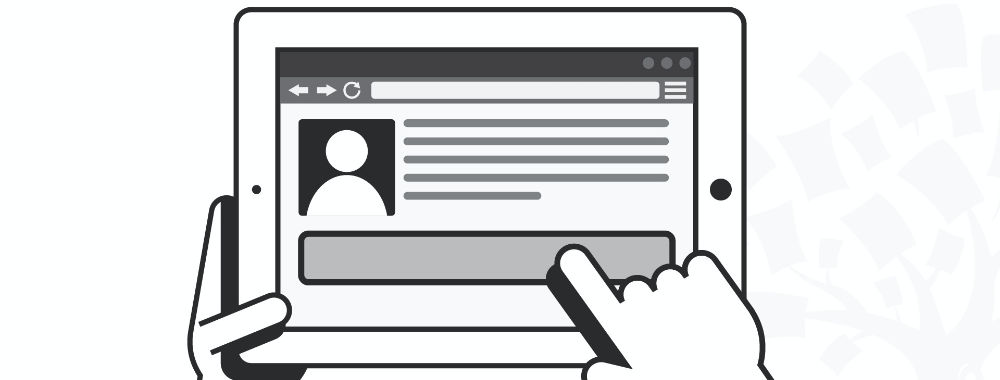Early-Design Testing

- 489 shares
- 10 mths ago
Here's the entire UX literature on First-Click Testing by the Interaction Design Foundation, collated in one place:



We believe in Open Access and the democratization of knowledge. Unfortunately, world-class educational materials such as this page are normally hidden behind paywalls or in expensive textbooks.
If you want this to change, , link to us, or join us to help us democratize design knowledge!
